A three hour drive from Coimbra brought us to the 14th century walled city of Évora, in the heart of cork and pine nut country. Cork trees and pines as far as the eye can see…
Évora is a beautiful and fascinating town. Growth inside the wall is carefully controlled, so the streets and structures retain their medieval character even as they house more modern and upscale shops and services.
We had only one afternoon to explore the town and we made the most of it, striking out immediately upon arrival to—well, actually, lunch, as it was 1:00pm by the time we got settled. I don’t usually do food porn, but I’m going to make an exception here. Adega do Alentejano is a small restaurant famous for its sopa de tomato, a tomato-based stew with bread, poached eggs, and a side of sausages to add to the mix. It is indescribably delicious. This is one serving, but it easily fed two of us.
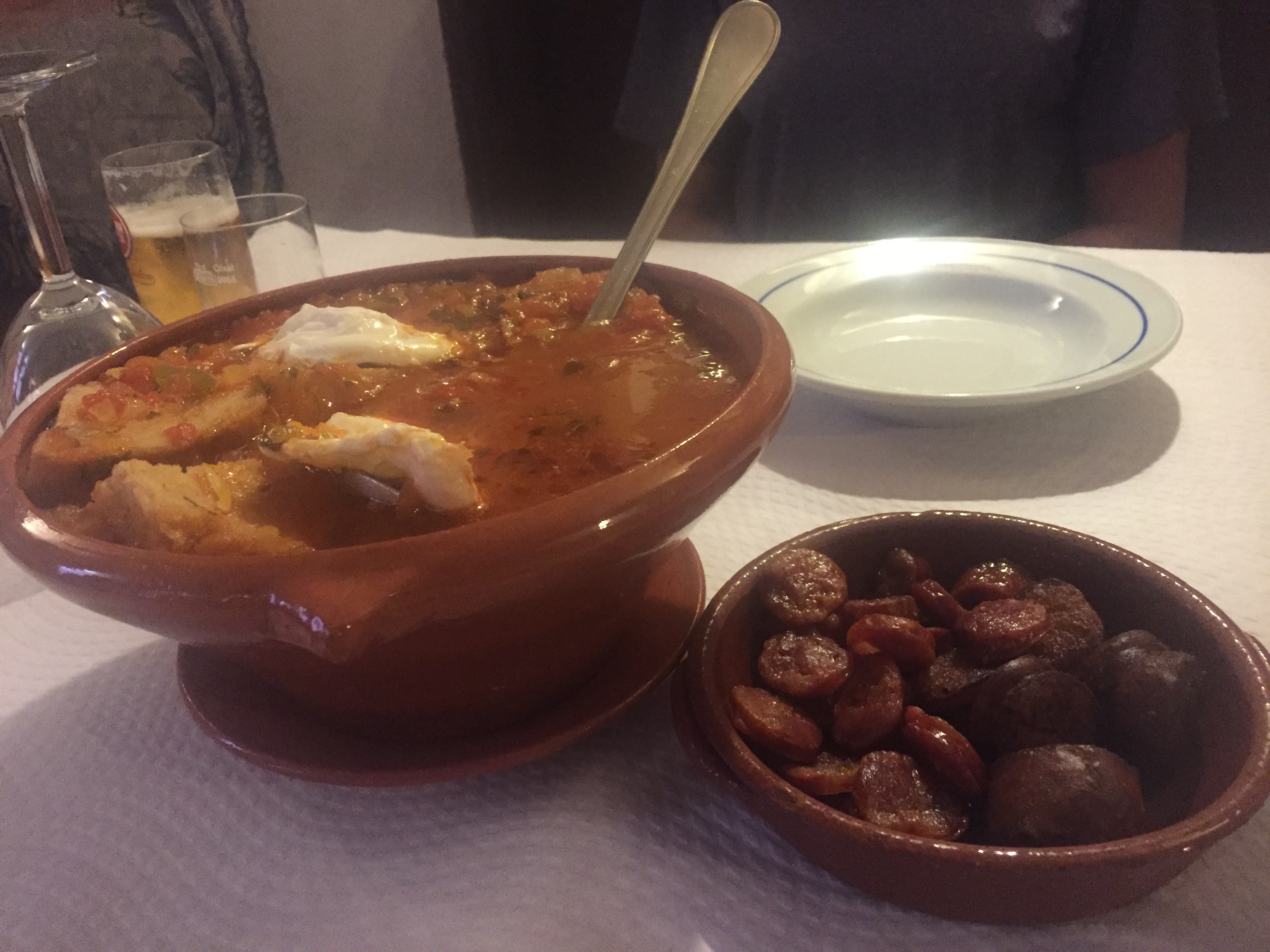
After lunch, we found our way to the Capela dos Ossos, a small chapel of the Igleja do São Francisco whose walls are made entirely of human bones exhumed from local cemeteries in an attempt by a few monks to remind people that life is fleeting. It does…
Igleja do São Francisco was established by the Franciscans, and as such it was simple, but over time wealthy families bought chapels and adorned them with ornate sculptures and much gilding. It’s a bit of a hodge-podge, but it’s glorious.
To get a 360 view of Évora, we wandered over to the Sé de Évora, a newer cathedral established in the late 12th century atop a Moorish mosque which itself was built on a Visigothic chapel. It’s chief interest is that it features a figure of Mary as pregnant, apparently in an attempt to convert the Celtic fertility worshippers. A climb up steep, narrow stairs bring you to the roof, the highest point in Évora.
Next to Sé Évora stands the ruins of a Roman temple. It strikes quite a figure in the midst of the town.
Before dinner we took a walk outside the walls to view the 14th century wall that is still intact around the entire city and the 16th century aqueduct that supplied the city with water and still carries water to this day. Homes and other structures have been built under and on top of the aqueduct within the walls.
Dinner was an amazing experience suggested by our host—a small (6 table) restaurant called Bistro Barão run by Miguel and Margrite. The menu is basically Miguel—he suggests what you should order, and that’s exactly what you should do. It was exceptional. A splurge, but a worthy one.
Here are some photos from the day.
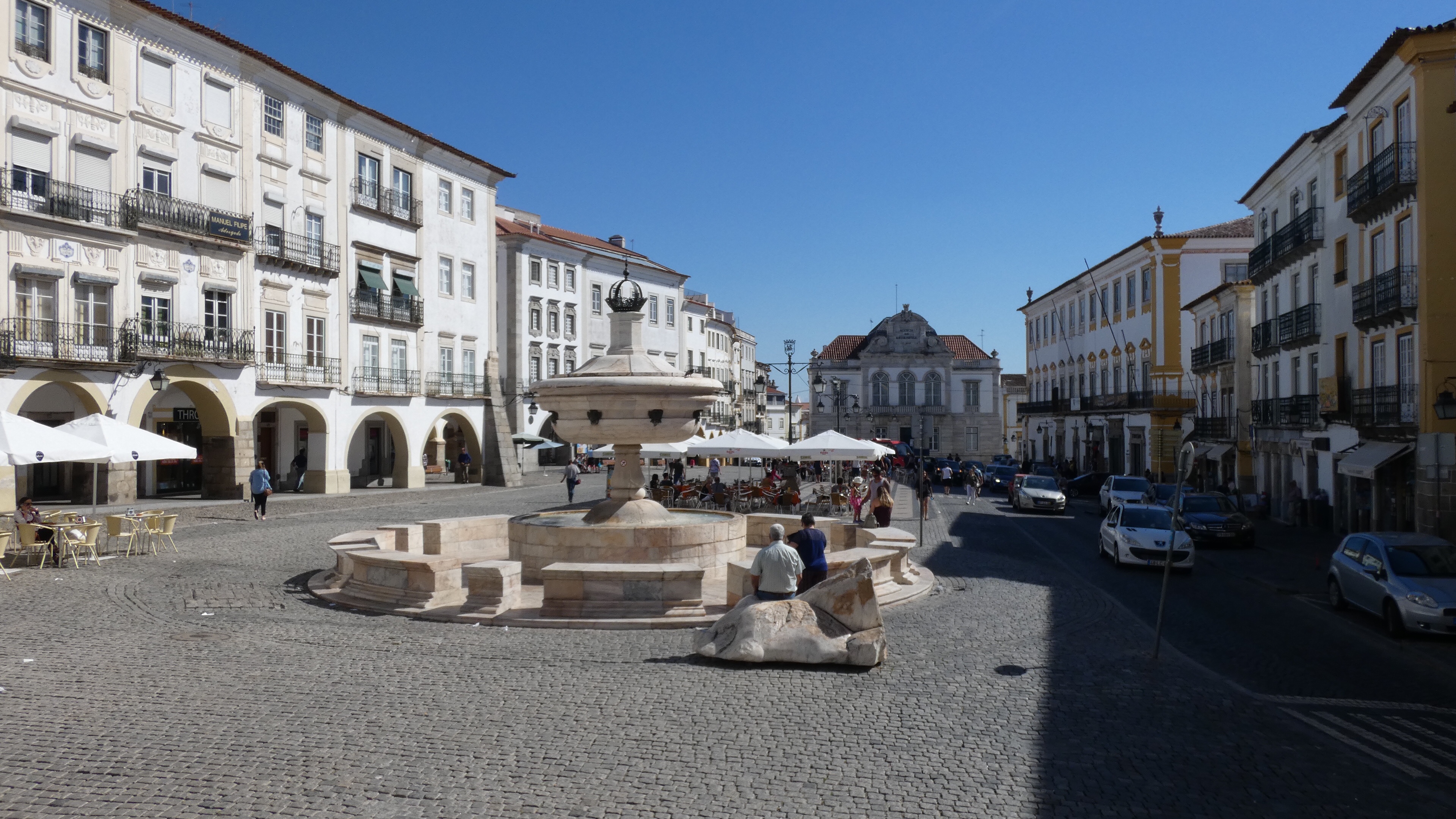
Évora’s main square, Parça do Geraldo.
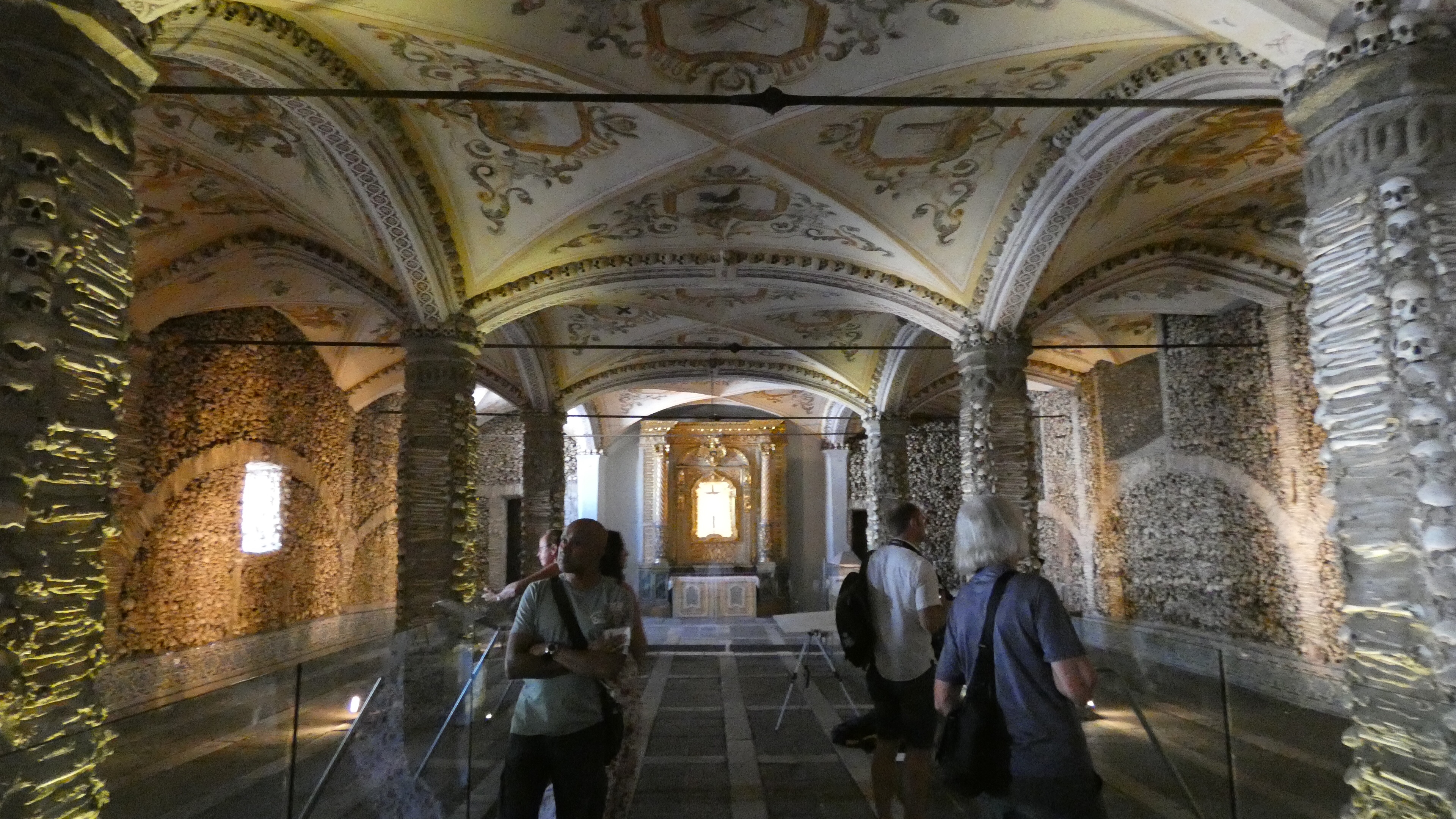
Capela dos Ossos, the Chapel of Bones.
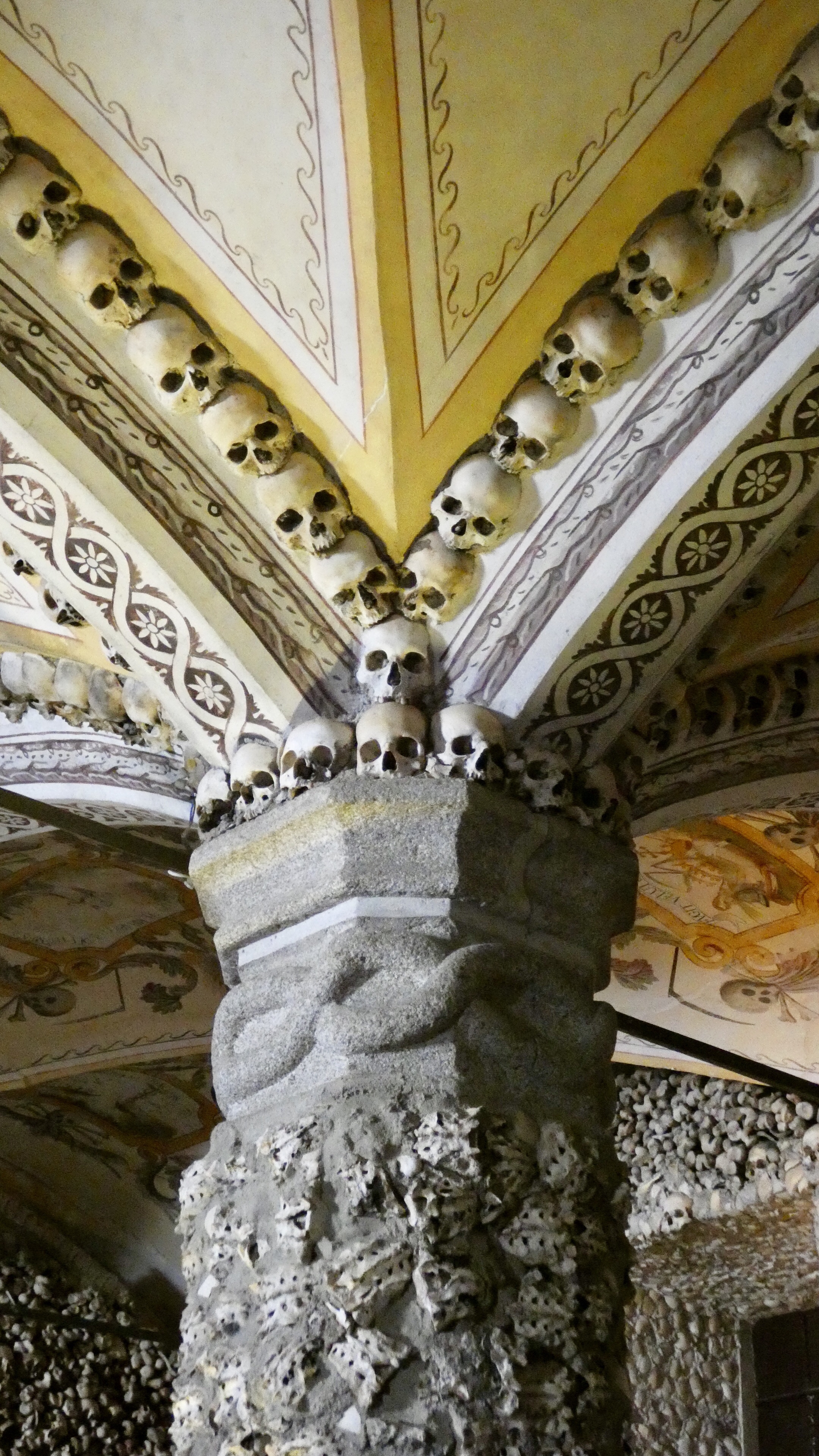
Capela dos Ossos detail.
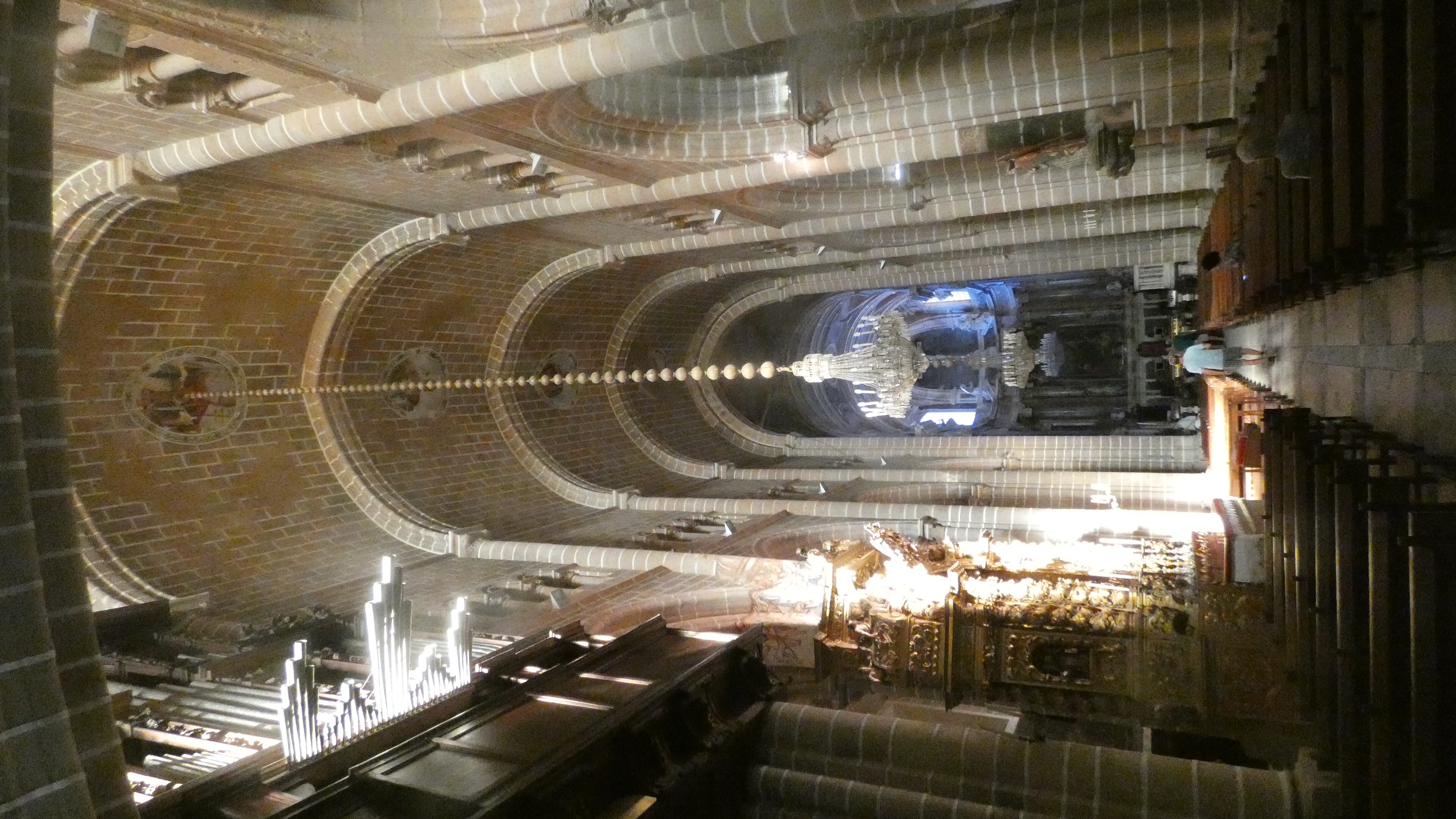
Igleja do São Francisco.
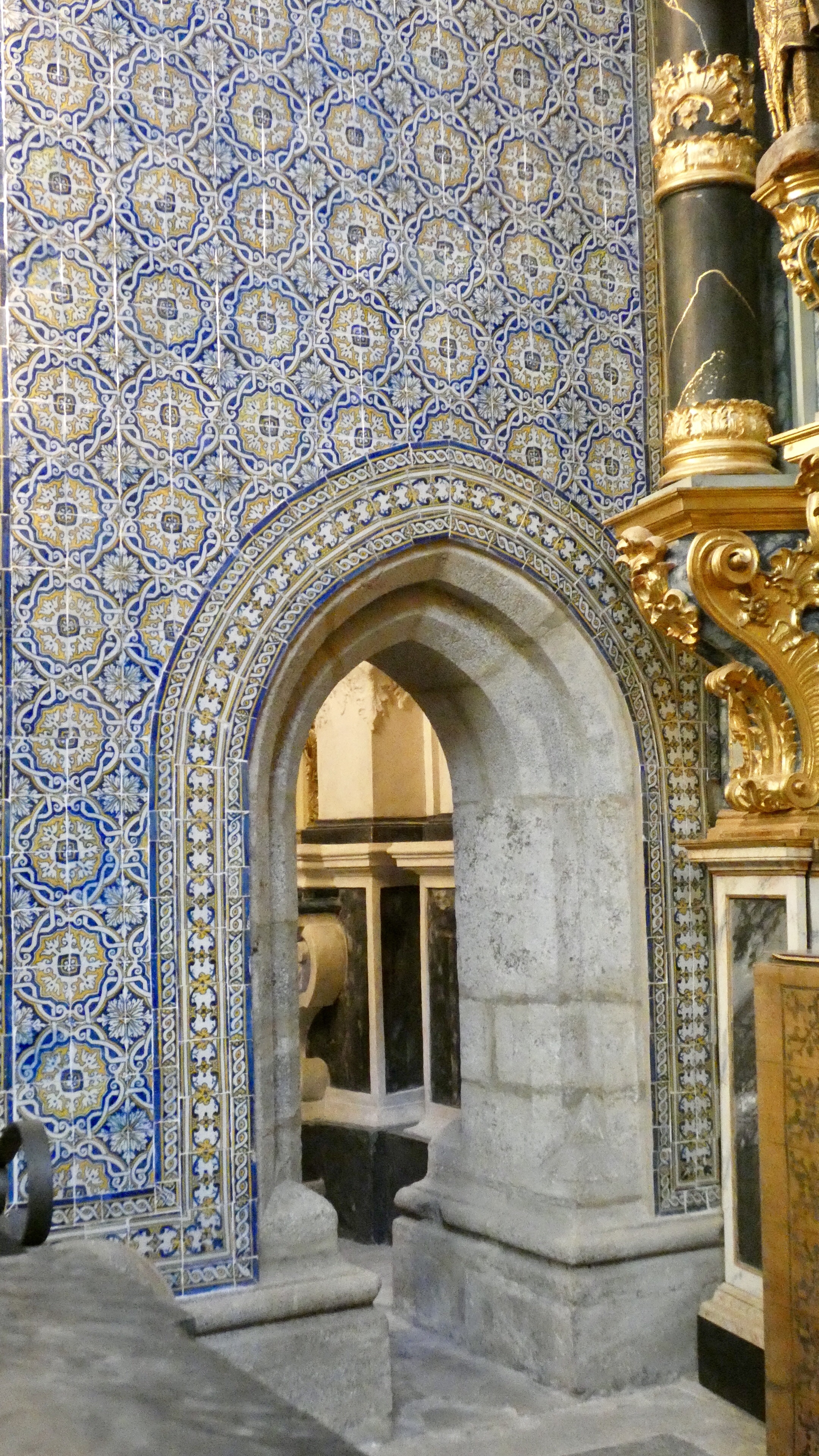
Igleja do São Francisco detail; gilt and tiles.
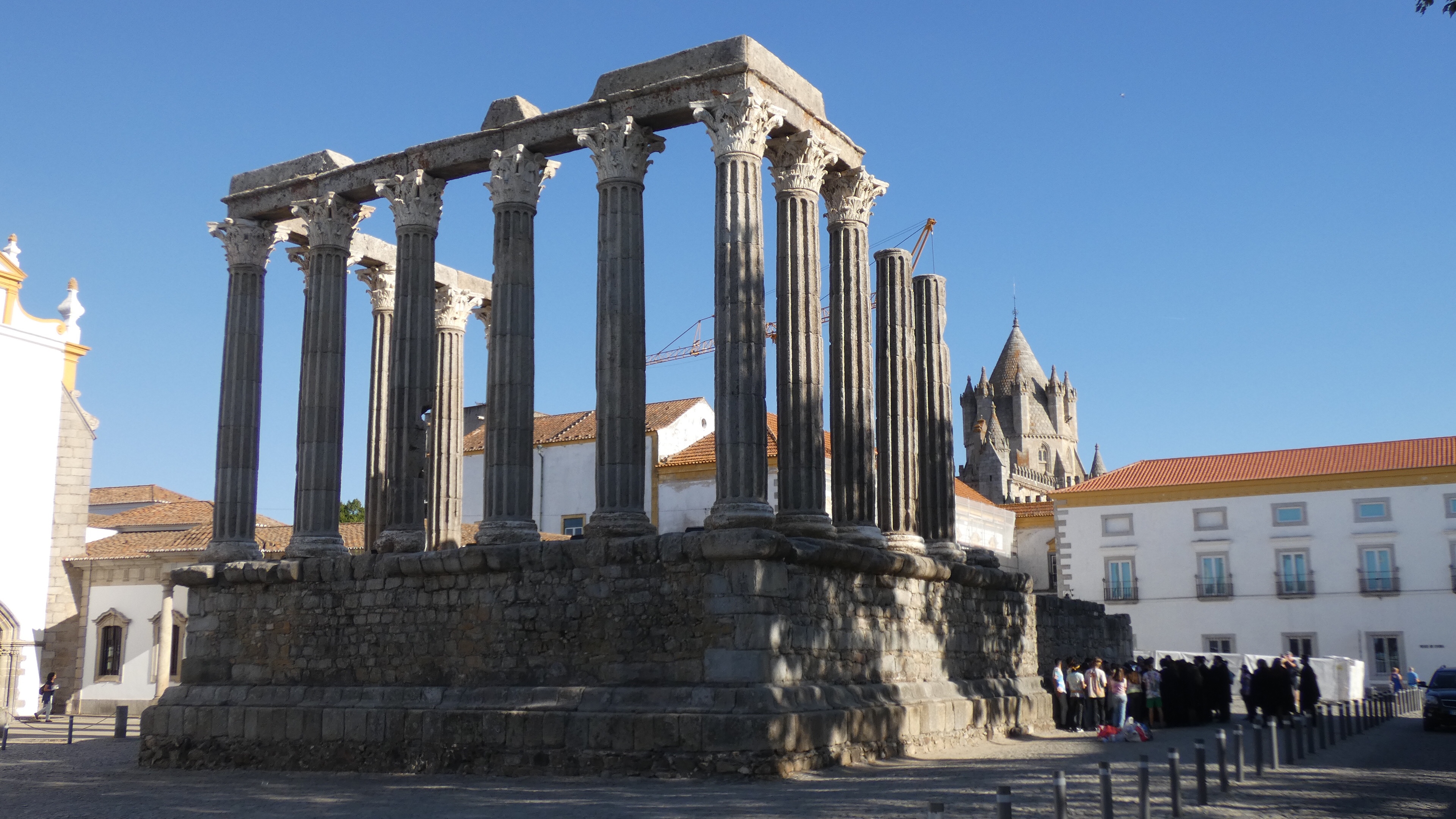
Roman ruins.
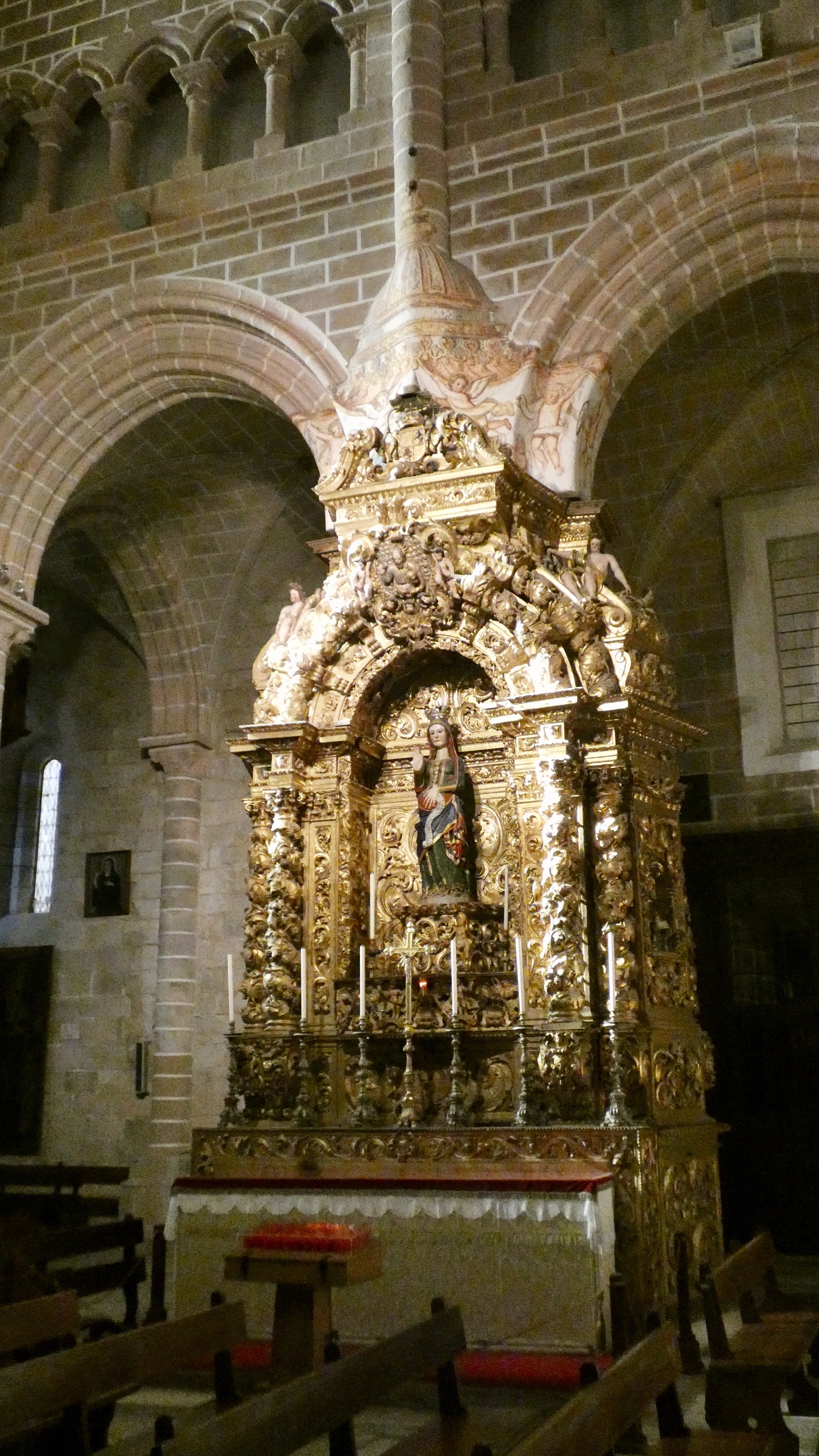
Pregnant Mary, Sé Évora.
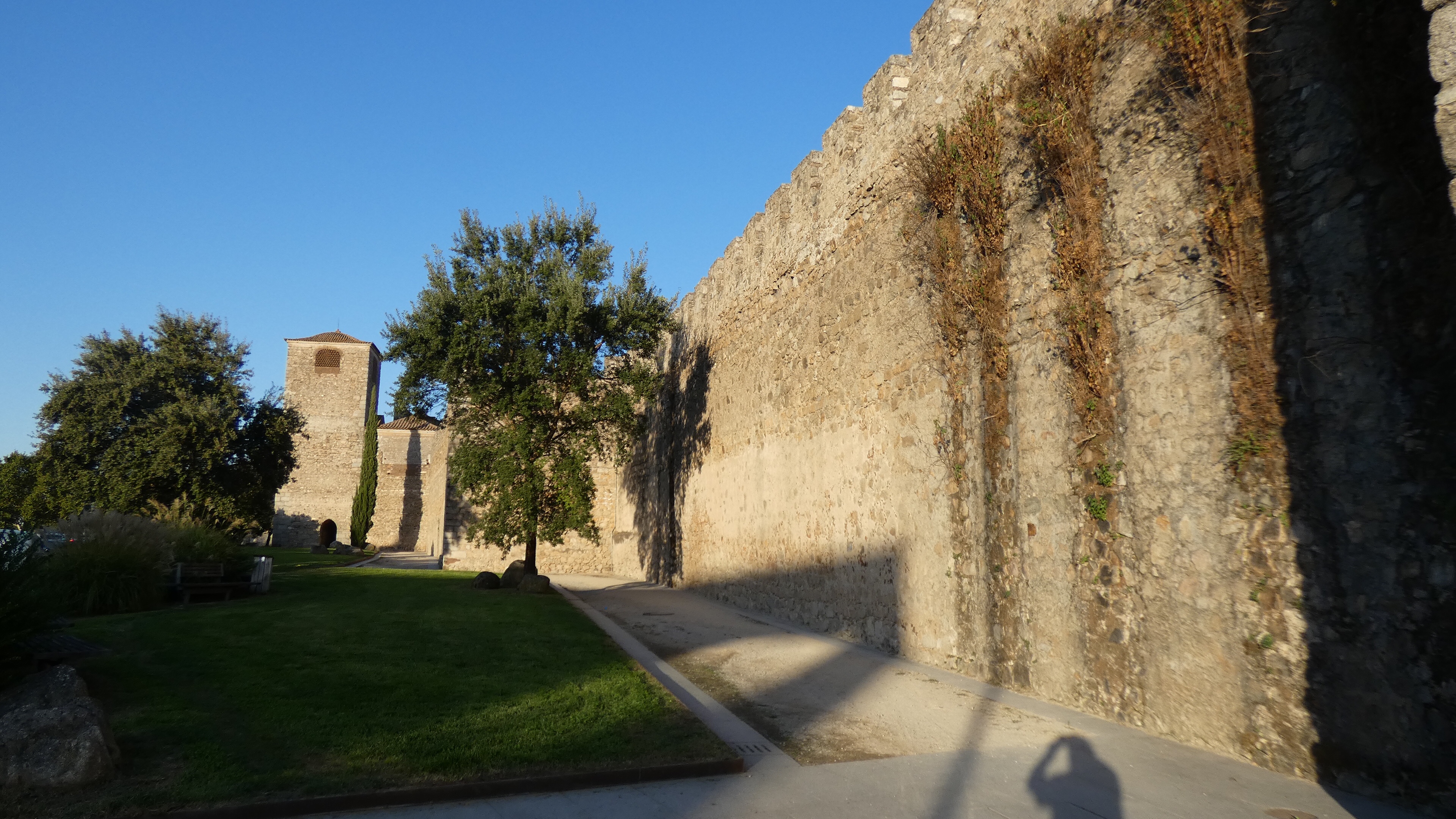
Outside Évora’s 14th century wall.
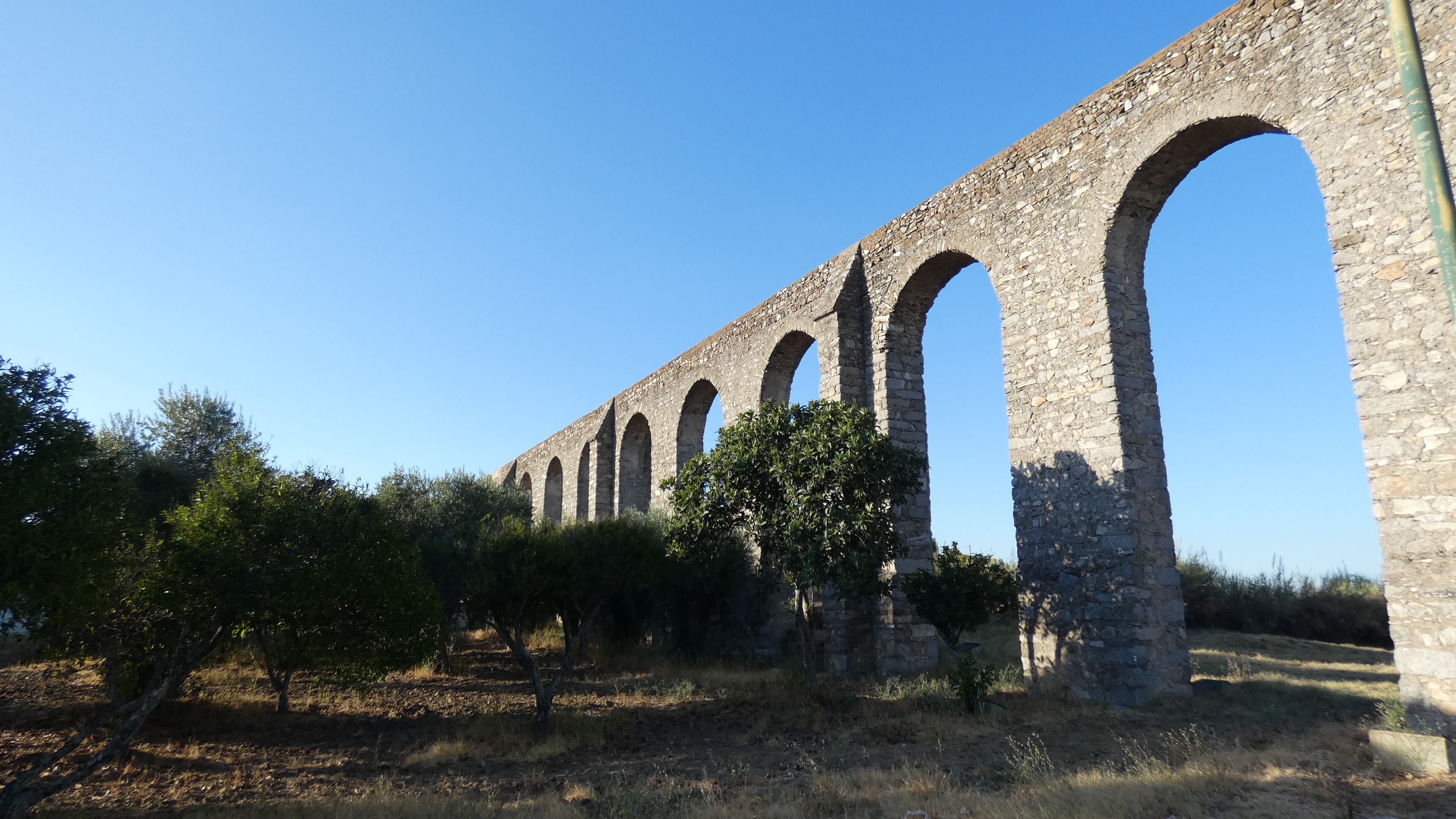
The aqueduct leading into the walled city.
